Market Share
Titanium Ore Market Share Analysis
Market share positioning strategies play a crucial role in determining the success of companies operating in the titanium ore market. Titanium ore, a vital component in various industries such as aerospace, automotive, and healthcare, demands strategic approaches to capture and maintain market share effectively.
The flourishing automotive market in the emerging economies is likely to augment the market growth in the coming years. The demand for titanium dioxide is surging in various major end-use industries across the globe due to the important properties such as light scattering and high transparency.
One prominent strategy employed by companies in the titanium ore market is differentiation. By offering unique product features, such as higher purity levels or superior extraction processes, companies can carve out a distinct market niche. This differentiation not only attracts customers seeking specific quality standards but also enables companies to command premium prices, thereby enhancing profitability.
Another key strategy is cost leadership. In a competitive market environment, companies strive to minimize production costs through economies of scale, efficient extraction techniques, and optimized supply chain management. By offering titanium ore at competitive prices without compromising on quality, companies can gain a significant market share, especially among cost-conscious customers.
Furthermore, companies often focus on market segmentation to effectively target different customer segments with tailored product offerings. For instance, while some customers may prioritize product quality and are willing to pay a premium for it, others may prioritize cost-effectiveness. By understanding and catering to the diverse needs of various customer segments, companies can expand their market reach and strengthen their market position.
Collaboration and partnerships also play a vital role in market share positioning strategies within the titanium ore market. Companies may form strategic alliances with suppliers, distributors, or even competitors to enhance their market presence. Collaborative efforts can lead to synergies in terms of resource sharing, market access, and technological advancements, enabling companies to gain a competitive edge and expand their market share more effectively.
Moreover, innovation is increasingly becoming a cornerstone of market share positioning strategies in the titanium ore market. Companies invest in research and development to enhance product quality, develop new extraction techniques, and explore alternative sources of titanium ore. By staying at the forefront of technological advancements, companies can differentiate themselves from competitors, attract customers seeking innovative solutions, and solidify their market position.
In addition to product-focused strategies, companies also leverage marketing and branding initiatives to enhance their market share. Effective branding helps create a distinct identity for companies and their products, fostering customer loyalty and preference. Moreover, targeted marketing campaigns can raise awareness about the benefits of titanium ore and influence purchasing decisions, ultimately driving market share growth.
Furthermore, geographical expansion is a common strategy employed by companies seeking to increase their market share in the titanium ore market. By entering new regions or countries with untapped demand, companies can capitalize on growth opportunities and diversify their customer base. However, successful geographical expansion requires careful market research, understanding of local regulations, and adaptation to cultural nuances.
Lastly, continuous monitoring and adaptation are essential aspects of market share positioning strategies in the titanium ore market. As market dynamics evolve, companies must remain agile and responsive to changing customer preferences, competitive pressures, and technological advancements. By staying proactive and adaptive, companies can effectively navigate market uncertainties, mitigate risks, and sustain their market share over the long term.


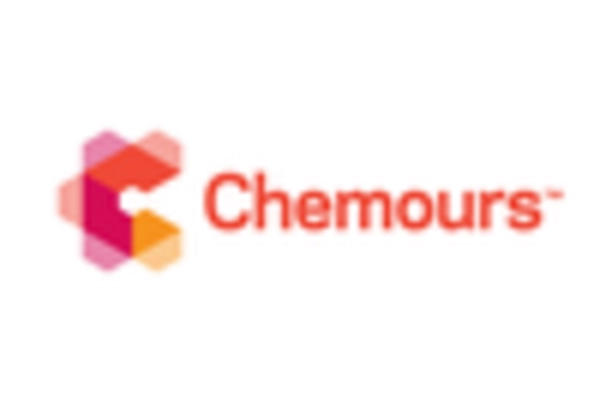
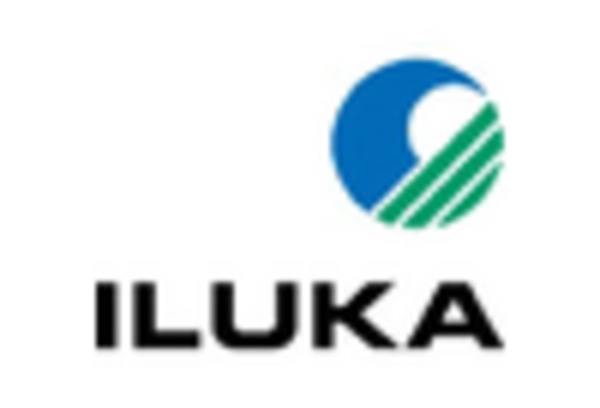
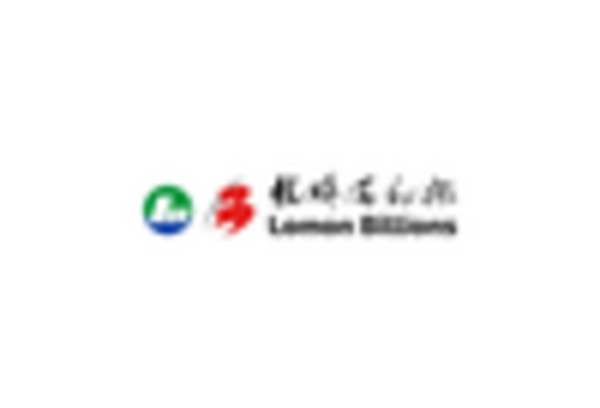
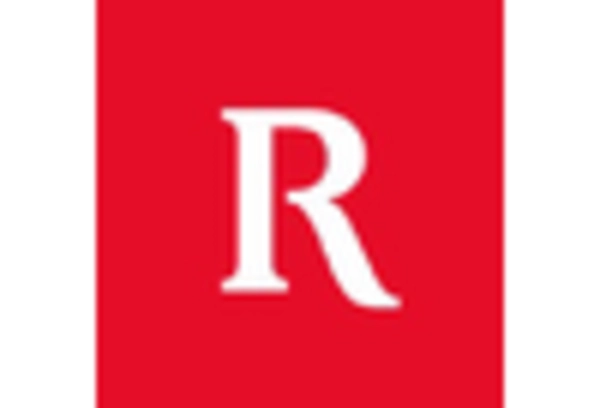
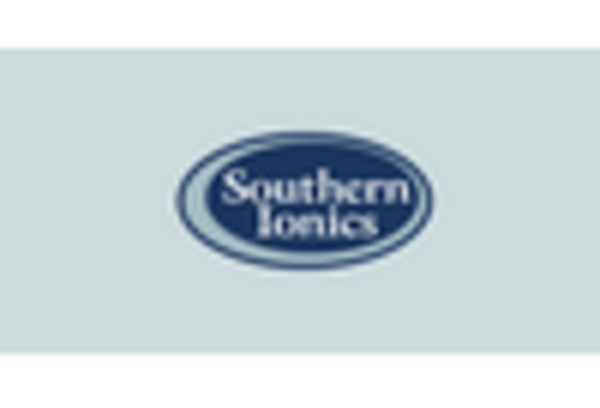
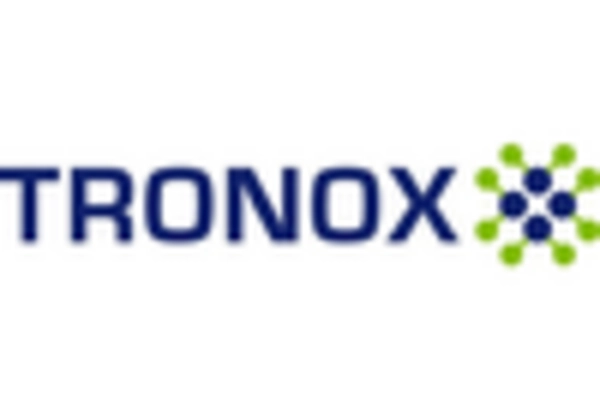









Leave a Comment